According to a survey, 81 percent of consumers said that they need to be able to trust the brand in order to purchase their products/services from them (Edelman, 2019). So, how do you build trust for your brand or business? Let’s start with creating the best personalized experience for your customers. Take a step further and look at the person’s journey through your brand. Get to know your audience and speak their language. Write and create content that allows you to focus on your niche, establish your authority, and at the same time give value to your customers. Engage with your audience in any way you can, may it be on your social media platforms, your website, or even taking time to acknowledge their reviews about your products and services. As with all good habits, consistency is key. It takes time, research, and commitment to value something that truly matters.
59% of US Adults Do Not Trust News on Social Media
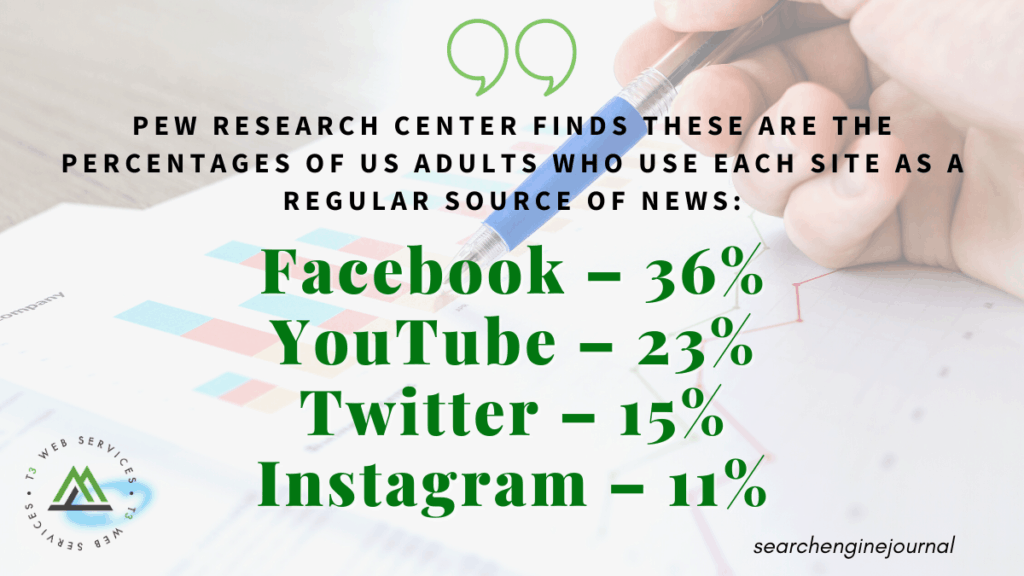

Over half of US adults who use social media to get news expect the information they find will be inaccurate, according to a new study.
A study on social media as a news source finds 59% of US adults believe the information shared on social platforms is inaccurate.
Pew Research Center surveyed over 9,000 Americans about their use of social media as it relates to keeping up with current events.
About half of US adults (53%) say they get news from social media either “often” or “sometimes.” Only 21% of respondents say they never get news from social media at all.
Despite the number of Americans turning to social media for news, there is great distrust around the accuracy of information being shared.
Could that be because of the specific sites people are getting their news from?
The report from Pew Research Center contains data specific to each social media site, including the percentage of Americans that use each site as a source of news.
News on Social Media Inaccurate?
Pew Research Center reports only 39% of those who get their news on social media expect the information to be accurate.
That means over half of US adults who use social media to get news are questioning its accuracy before they read a single article.
It appears what they’re finding isn’t giving them the answers they’re looking for either. Just 30% of respondents say social media helps them understand current events, and 23% even say it leaves them more confused.

https://www.searchenginejournal.com/59-of-us-adults-do-not-trust-news-on-social-media/392316/
Pitfall! Steering Clear of 5 Common B2B Content Marketing Missteps
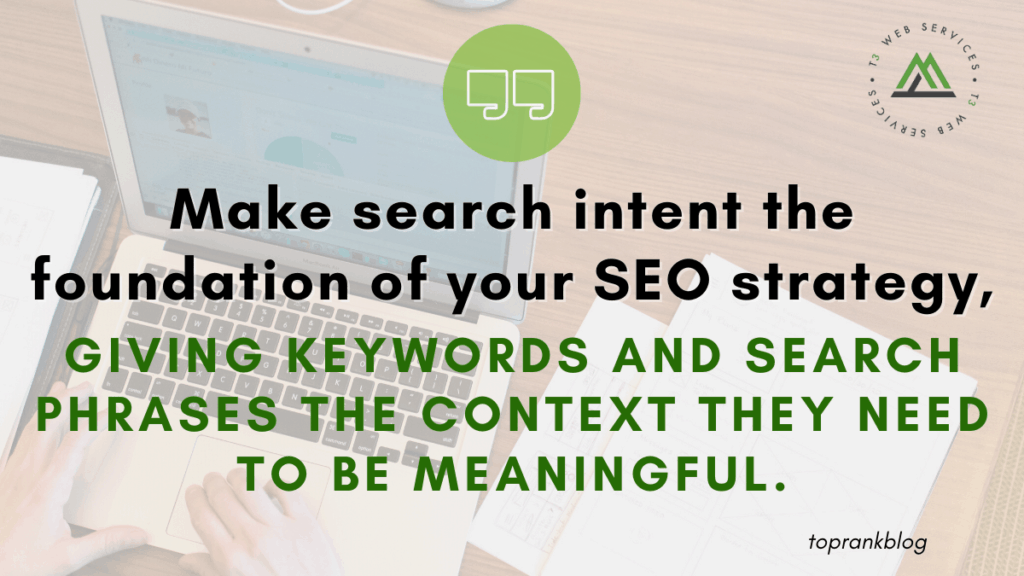

From messaging to strategy to execution, these are five of the most counterproductive missteps that are commonly made by modern content marketing practitioners.
1 — Speaking to the Many Instead of the Few
If you’re talking to everybody, you’re talking to nobody. This is a critical guiding philosophy, which may run counter to the way many marketers and writers were trained. (Especially those with backgrounds in journalism or media.)
There’s a natural compulsion to make B2B content as accessible and broadly applicable possible, in order to maximize the potential reach. But with so much information and so many resources at the fingertips of today’s decision makers, marketers need to get more specific and direct. Joel Goobich of Vestorly called out “vague, generalized content” at the top of his recent list of B2B content marketing mistakes shared at Forbes.
What To Do: Narrow your scope. Get a clear handle on the audience(s) you want to reach, and the unique qualities, characteristics, or challenges that differentiate them from other segments. Don’t be afraid to turn away those readers or viewers who won’t find the content useful. Then, make sure your measurement strategy aligns with this selective approach. In other words, de-prioritize vanity metrics like impressions in favor of those measuring business impact.
2 — Strategizing SEO Around Keywords Instead of Intent
Keywords have been the driving force in search engine optimization for many years, serving as a cornerstone in the strategic framework for many content strategies. And keywords still have a valuable purpose. But more and more, achieving success with SEO initiatives is about understanding search intent and aligning with the motivations of searchers. There are several reasons for this:
- Unless you operate in a novel industry or vertical, it’s likely that the most valuable keywords you’re targeting are highly competitive. Focusing on search intent lends itself to longer-tail keywords and semantic searches, opening up more topical areas to pursue with your content.
- Accounting for intent rather than solely looking at keywords makes the content better. Traditionally, businesses have had a tendency to say, “This keyword has high volume and is relevant to our industry, let’s write blog posts that tie it to our product.” But if it’s not a keyword with transactional or commercial intent, then such an angle will likely miss the mark with searchers.
- For this reason, intent-based SEO content is more successful. It moves creators away from outdated tricks like keyword-stacking, and toward methods that actually help content rank today. A recent post from Backlinko notes that “satisfying Search Intent is ultimately Google’s #1 goal,” while pointing out that Google’s latest Quality Rater Guidelines (released in October of 2020) are “OBSESSED with Search Intent.”

https://www.toprankblog.com/2021/01/steering-clear-of-5-common-b2b-content-marketing-missteps/
YouTube Shares 3 Keyword Research Tips For Videos
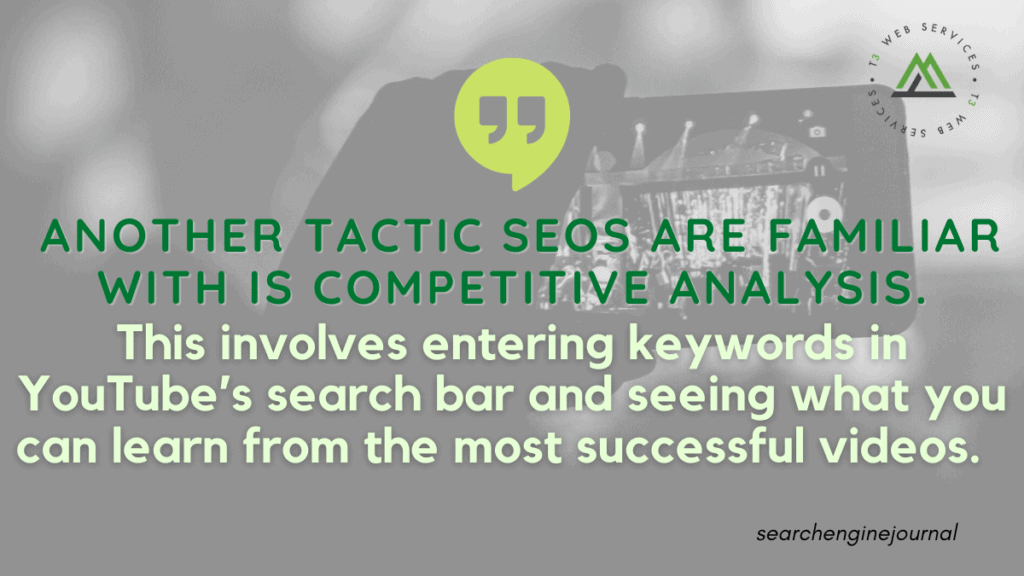

YouTube Keyword Research
When researching which keywords to use in a video, what is a good way to gauge the likelihood that it will be surfaced in users’ recommendations?
YouTube recommends these three tactics for keyword research:
- Audience Insights
- Google Trends
- Competitive Analysis
Audience Insights
Within YouTube Analytics is an Audience Insights card that shows creators what other videos their audience is watching.
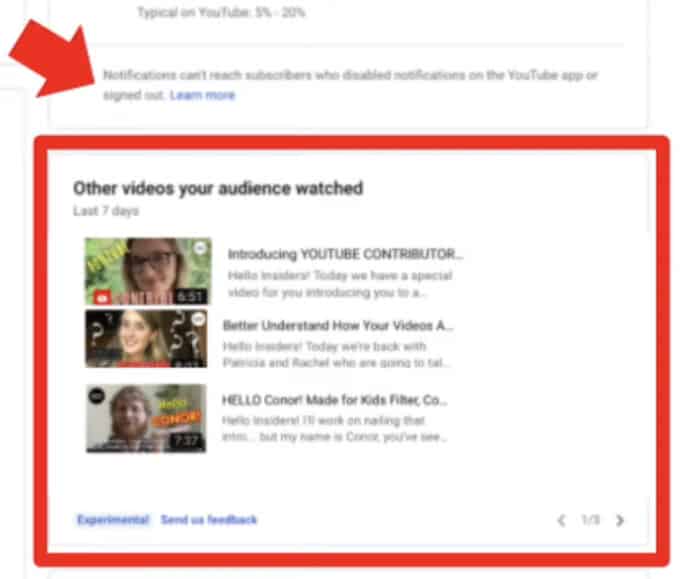
This can be a useful source for keyword research as you may discover new topics your viewers are interested in that you hadn’t considered before.
Creators should pay close attention to titles and thumbnails of videos surfaced in the Audience Insights card. Analyze the similarities as a way to guide the optimization of your next videos.

Are You Making These 7 Mistakes with Your About Page?
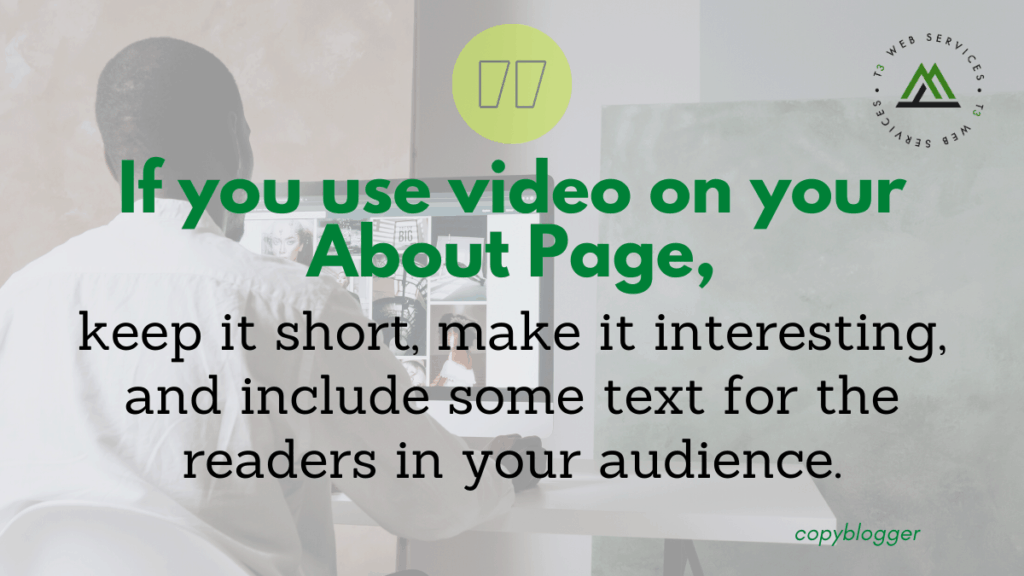

Your About Page is typically one of the most visited pages on your site. So let’s make it easy for you to have a stunningly helpful, user-friendly About Page.
Take a look to see if you’re making one of these seven common mistakes.
Mistake #1: You don’t have an About Page
When it comes to the interface on your website or blog, never forget the words of usability expert Steve Krug: Don’t Make Me Think.
I don’t want to look at your “Resonate” Page and wonder if that’s where I find out who you are, what you do, and why I should read your site.
Every site needs an About Page. Don’t be clever. Call it About.
Mistake #2: I can’t find your name or credentials
Let’s say I want to link to you, or tweet about something cool on your blog.
I would really like to know who you are. That means I need your name.
Not a spammy name like “The Real Estate King.” (Please don’t comment under those either. You can’t believe how bad this makes you look.)
Your name. As in, “What do I say when I’m introducing you?”
Please note that this does not have to be your real name. Some people would rather keep some distance from readers, for security reasons or just to have a little privacy.
There’s nothing wrong with that. Many people work and write under professional pseudonyms. You can, too.
While you’re in there, make sure you’ve listed your credentials — all of those things that tell us you actually know your topic.

https://copyblogger.com/how-to-write-an-about-page/
Boosting Your Brand Through Social Media Engagement [Infographic]
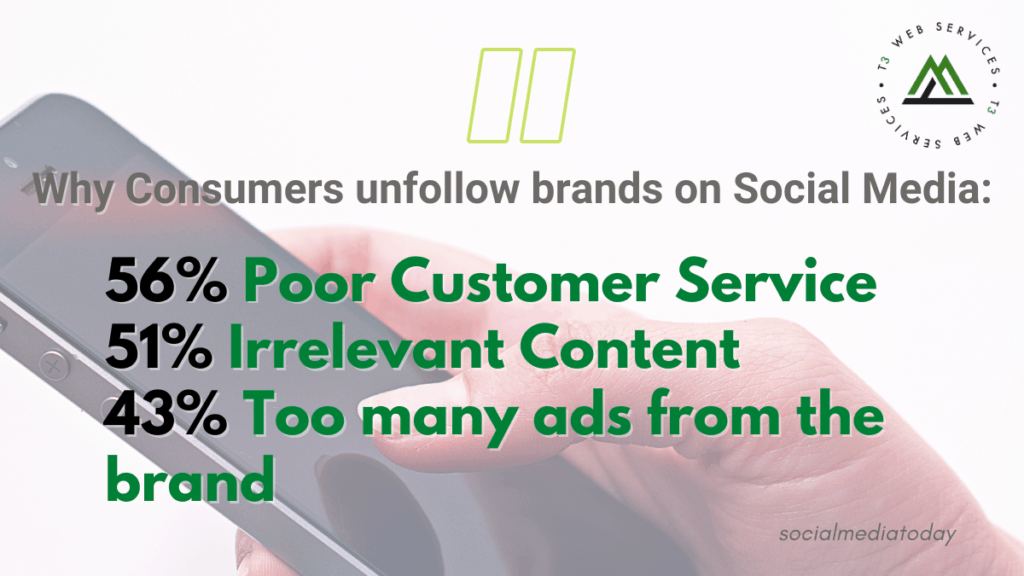

Looking for ways to tweak your social media marketing approach in 2021, and maximize reach and engagement with your posts?
This infographic from the team at Crestline incorporates a range of insights and notes that might help guide your thinking around how you post, which platforms you focus on, and what you can expect to see as a result.
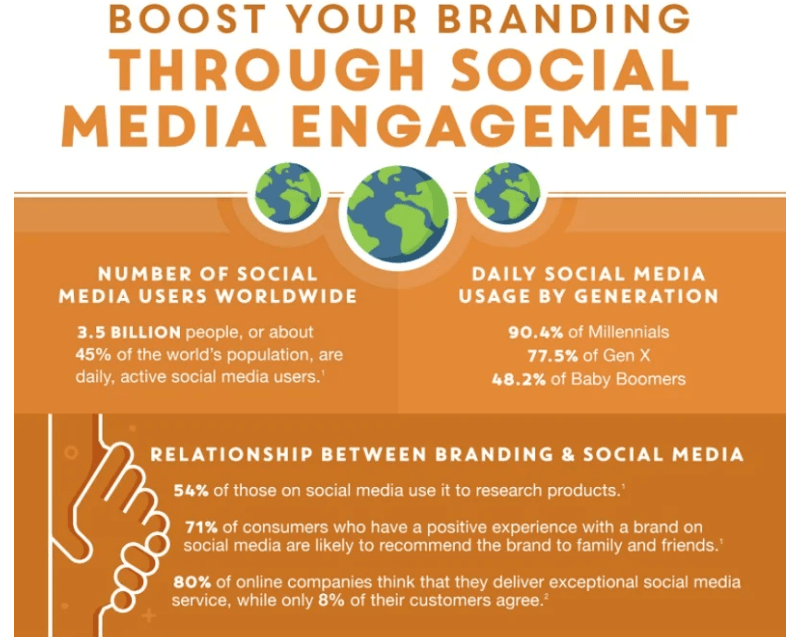
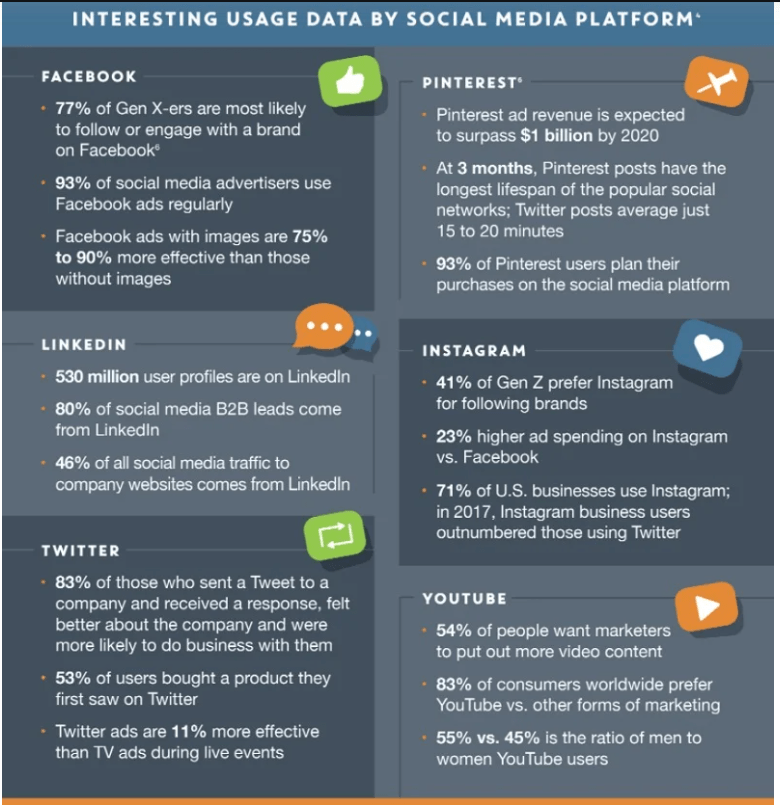
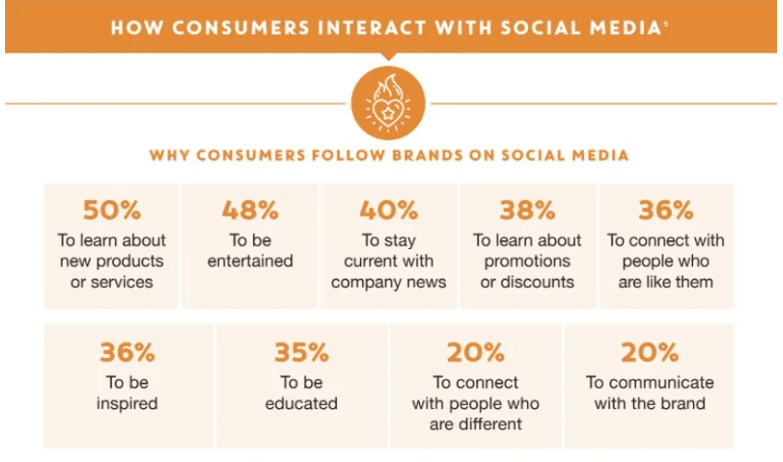

No-Click Searches: We Need New Ways to Measure SEO Results
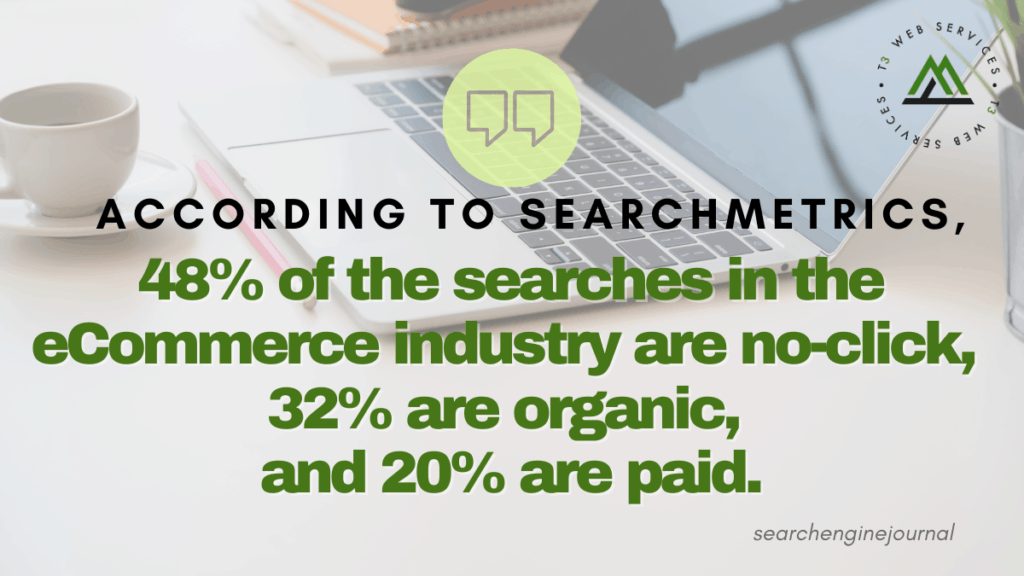

What Does the Rise of No-Click Searches Mean to SEO Professionals?
Tyson Stockton, the VP of Client & Account Management US at Searchmetrics, said in an email to me:
“As Google continues to increase the various SERP features, they are controlling more of the user experience and keeping users on the SERPs rather than clicking through to the respective URLs. As SEOs, we need to evolve how we measure success and not just measure traffic and rankings.”
He added,
“We still need to report on these metrics, but we need to further expand to the impressions generated from being present in these SERP features. This is simply a matter of tracking what elements you are present in and the search volume of those terms. By doing this, we expand reporting to capture overall impression (beyond what Google Search Console provides), rankings (with SERP features), traffic, and conversions. By establishing a complete SEO reporting funnel, we are able to tell a more accurate story to our respective organizations on how we are competing in search.”
What’s the Benefit of Getting Impressions or Visibility in a No-Click Search?
You can ask respondents questions like:
- Have you heard of [brand/store/product/service]?
- Which of the following comes to mind first when you think of [brand/store/product/service]?
- Will you buy/consider [brand/store/product/service] the next time you shop for [category]?
- Will you recommend [brand/store/product/service] to a friend?
This can provide you with detailed insights into the influence that no-click searches have on the way people feel about your brand, store, product, or service.
https://www.searchenginejournal.com/no-click-searches-measure-seo-results/391561/?ver=391561X3
Google News performance report added to Google Search Console
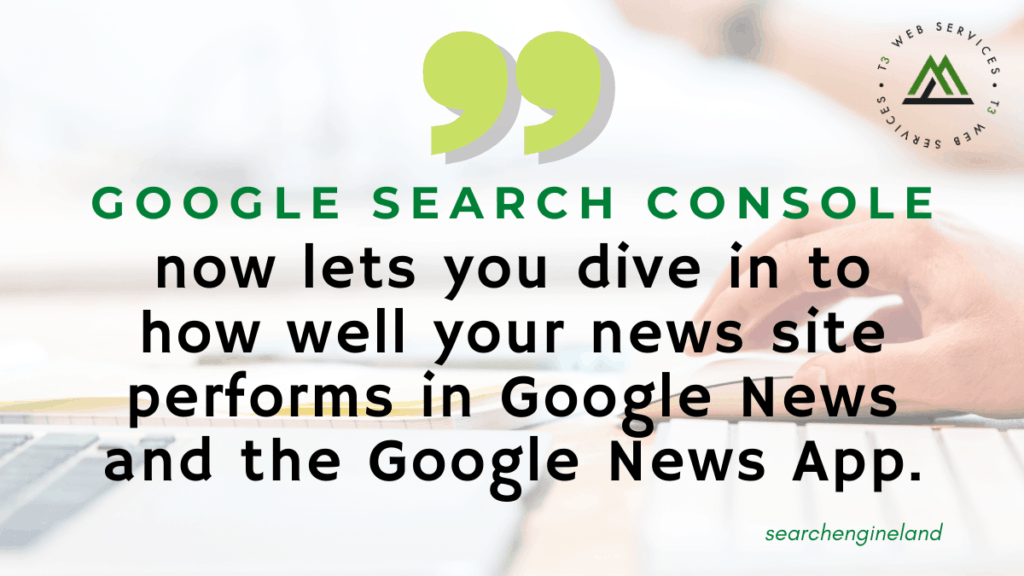

Google launched a new dedicated performance report within Google Search Console for Google News publishers. This report will show on the left sidebar under the “Performance” section for any site that appears in Google News.
What is the Google News performance report. This report shows you clicks, impressions and click-through-rates for your performance on Google News from news.google.com, and from the Google News app on Android and iOS.
Google said it helps news publishers answer questions such as:
- How many times have my articles appeared to users in Google News?
- Which articles performed well in Google News?
- How does user behavior vary by country?
You can segment the traffic by page, country, device and data, and filter the reports by date range and other metrics.
What this report is not. This does not include the “News” tab in Google Search, which is covered in the performance report for search, filtered to the news search type – a report Google launched in July 2020 in Search Console.
There is a new help document on this report where you can learn more.

https://searchengineland.com/google-news-performance-report-added-to-google-search-console-345332


Leave a Reply